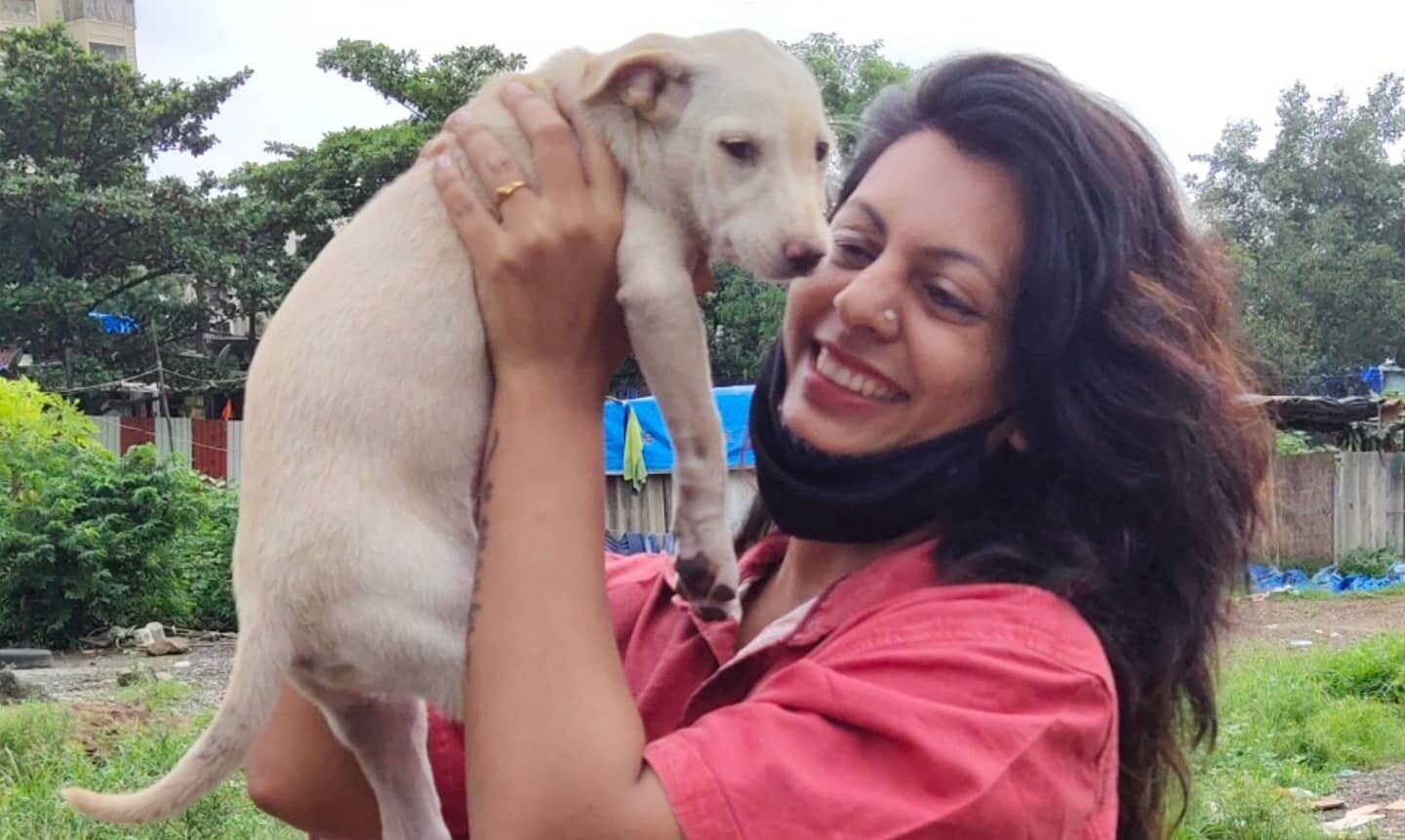RescueRoar- A Step-by-Step Guide to Rescuing Stray Animals in Need
Introduction:
Stray animals often face numerous challenges on the streets, including injuries and illnesses. As compassionate individuals, we can play a crucial role in helping these vulnerable creatures. One effective way to make a difference is by collaborating with NGOs and organizations dedicated to animal welfare. In this blog post, we will outline the steps to rescue a stray animal in need, emphasizing the importance of proper communication and coordination with relevant NGOs.
Step 1: Locate the Nearest NGOs and Organizations
The first step in rescuing a stray animal is to identify the NGOs and organizations in your area that provide assistance to injured or distressed animals. To do this, visit the website of local NGOs, like Upasana Society, dedicated to animal welfare. Download the list of associated NGOs and organizations (Animal and Bird Rescue NGOs-AreaWise), including their contact details.
Step 2: Assess the Situation
If you come across an injured or distressed stray animal, assess the situation carefully. Ensure your own safety and approach the animal cautiously. Do not attempt to handle the animal directly if it appears aggressive or in severe distress. Instead, proceed with the following steps.
Step 3: Call the Relevant NGO or Organization
Using the list you’ve obtained from Upasana Society’s website, call the NGO or organization operating in the area where the injured animal is located. Provide them with a detailed description of the situation, including the type of animal, its condition, and its exact location.
Step 4: Document the Situation
While waiting for help to arrive, it’s crucial to document the animal’s condition. Take clear pictures or videos of the animal from a safe distance. This documentation will help the rescuers assess the severity of the situation and prepare accordingly.
Step 5: Share Location Information
Injured animals often move around, making it essential to share precise location details. Use GPS coordinates or landmarks to describe the animal’s location accurately. Share this information with the responding NGO or organization. Additionally, provide your contact information, including your name and phone number, so they can reach out if they need further assistance.
Step 6: Wait for Professional Assistance
Once you’ve shared all the necessary information, wait for the professionals from the NGO or organization to arrive. Do not attempt to handle the injured animal on your own, as it may cause further harm or distress to the animal.
Conclusion:
Rescuing a stray animal in need is an act of compassion that can save a life. By following these steps and collaborating with dedicated NGOs and organizations, you can ensure that injured animals receive the timely help they require. Remember, your efforts can make a significant difference in the lives of these vulnerable creatures and contribute to a more compassionate society.




